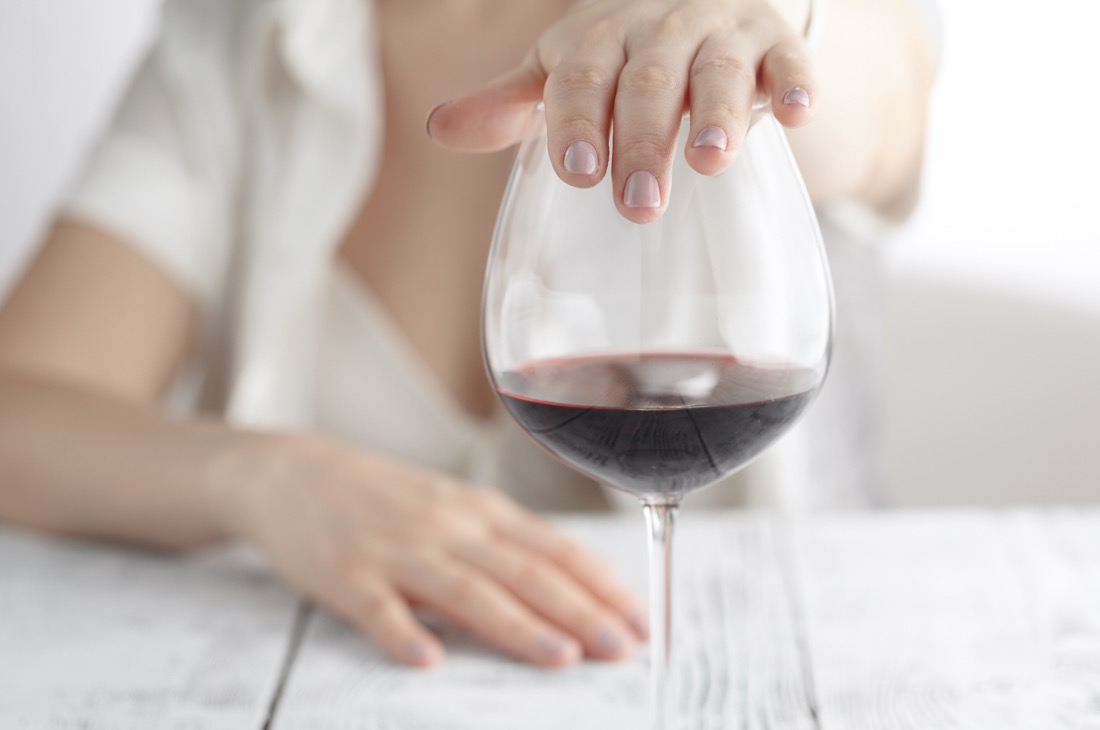In 2018, over 14 million adults were diagnosed with Alcohol Use Disorder. Drinking alcohol can be recreational, but can be abused. When this happens, it causes devastation to both the individual and those around them. In severe cases, the person enters a rehab facility to get sober.

The recovery process might seem slow, but it’s necessary to maintain a normal life. So what does an alcohol recovery timeline look like? How long should you expect to stay in treatment, and what does life look like post-treatment?
Keep reading to learn more about alcohol recovery.
What is Alcohol Use Disorder?
Alcohol Use Disorder (AUD) is a disease characterized by the abuse of alcohol and an overwhelming desire to use it. In other words, the person is dependant on alcohol.
Some symptoms of AUD are:
- A desire to use alcohol, otherwise known as cravings
- Spending money or stealing money to use for alcoholic purchases
- No longer having an interest in hobbies, work, family, or other activities
- Missing work or other obligations
- Drinking alcohol in unsafe conditions
If you or someone you know is suffering from AUD, talk to a medical professional about staging an intervention or how to help.
Alcohol Recovery Timeline
Cutting out alcohol is the first step, but that doesn’t mean it’s an easy road to recovery. It will likely be met with tons of bumps and bruises. You must be tracking your recovery at this time.
If you’re curious about what an alcohol recovery timeline looks like, here is a rough timeline of the first 72 hours. This may vary depending on the severity of AUD.
The first 24 hours are likely to be rough. You will experience extreme withdrawal symptoms, which might manifest as hallucinations, vomiting or nausea, or even seizures. You can detox in your own home and stay hydrated, avoiding any fatty or sugary foods if you feel like eating.
The next 24-48 hours are about to be somewhat similar. You may have tremors and more nausea and vomiting and even extreme headaches or body pains. But if you were not a heavy drinker, your withdrawal symptoms may peak at around 48 hours.
48-72 hours later, you may still be experiencing withdrawal symptoms, again, depending on your dependence on alcohol. In some cases, people might experience what’s called alcohol withdrawal delirium, which can cause health problems along with a high fever.
After 72 hours is over, symptoms may persist, and could for several months into therapy, especially if the individual was addicted to alcohol. Things that could occur would be hallucinations or other hangover-like symptoms. Relapse is also likely during this time as well.
After a month of abstaining from alcohol, your liver will start trying to function normally, and your brain will start adjusting as well. Anxiety and depression are noticeable, and this is a prime time for entering therapy or counseling.
Know What to Expect in Alcohol Recovery
An alcohol recovery timeline is important, so you know what to expect during your recovery. As you continue to abstain from alcohol, you’ll see continued improvements in your body and lifestyle.
Interesting Related Article: “Breaking the Myths of Alcoholism“

